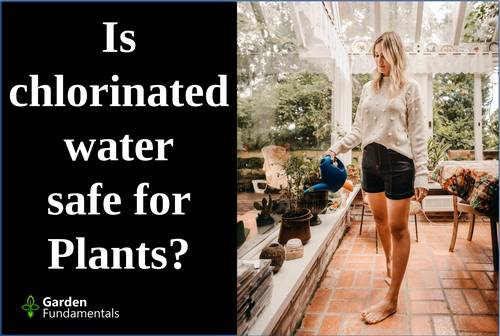Hipposcottamus1
Well-Known Member
I have this stuff for a fish tank that says it removes chloramine. Has anyone used this stuff or similar for their plants? Says it's an all natural herbal extract so it seems like it should be just fine.
Really this is my only option as I won't invest in an RO filter just wanted to see if the community thought it was worthwhile to use or not.
Really this is my only option as I won't invest in an RO filter just wanted to see if the community thought it was worthwhile to use or not.




